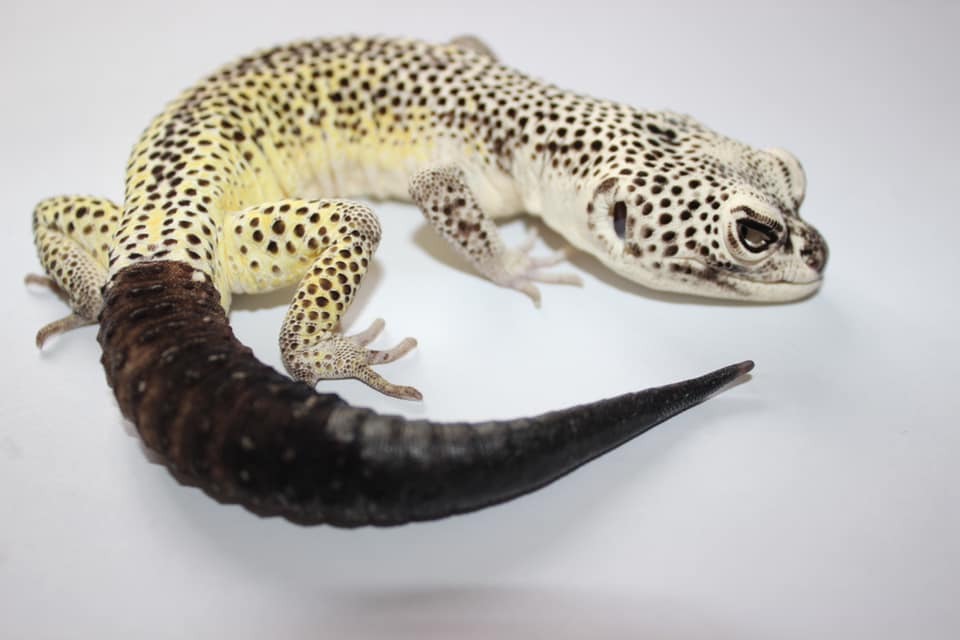This article discusses the genetics of a specific leopard gecko morph. In the pet trade, the term morph is utilized to describe different desirable color patterns, usually in which the animal is specifically bred for.
This article explored linkage and homozygosity within said morph. The allele for this more was found to be a spontaneous semidominant mutation. The researchers found that the mutation can be traced back to a locus that contains a tumor suppressor. Additionally, they studied iridophoroma in the geckos, which is the structural production of colors via crystal platelets. They discussed how research regarding specific genes in reptiles is somewhat difficult due to their somewhat long reproductive cycles and stress within laboratory breeding settings.
As someone who owns a gecko, I think that this study is very neat. I like learning about how popularity and phenotypic preference influences the pet trade and associated prices… But I do not exactly approve of breeding geckos, in a general sense. There are just so many health problems regarding breeding in captivity, and especially when it comes to traits like this article discusses. Many desired traits are often associated with chronic or lethal impacts towards the resulting individual. A good example of this is the crossing of two lily white crested geckos- it always results in death of the offspring.





